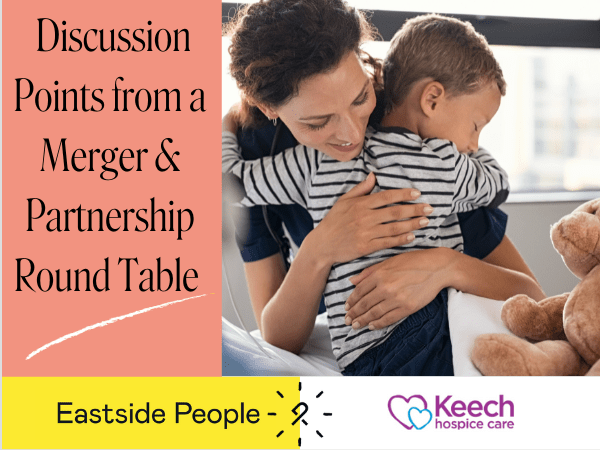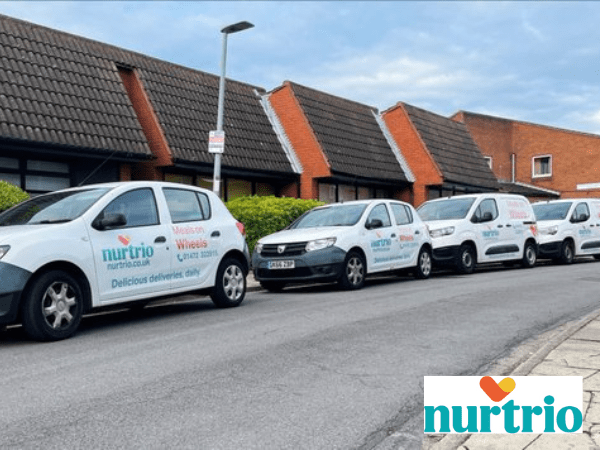Steve Chu Merger Blog – Advice on overcoming barriers to charity merger success
Steve Chu’s recent Masters dissertation explored the barriers to successful mergers within federated charity networks. It found a lack of previous research into charity mergers, and almost no recent research into federated charities such as Age UK, Mind, RSPCA and Citizens Advice.
This series of five blogs aims to distil his key dissertation findings into short, readable snapshots which are aimed to be of use to all charity leaders. The dissertation formed part of Steve’s MSc in Charity Accounting and Financial Management, from Bayes Business School.
The 5 blogs cover:
- Drivers for merger, desired outcomes
- Overcoming barriers to merger success
- Mergers and the unique characteristics of federated charity networks
- Recommendations for all charity mergers
- Wider recommendations for federated charity networks.
Charity merger advice 2 of 5: Overcoming barriers to merger success
Visionary charity leaders can be change agents in driving charity mergers rather than trying to hold on to power and control. Steve Chu blog.
The first blog in this series explored the reasons why charities consider merging. But charity mergers are viewed negatively by many, as being “not a thing that charities do”, or even “a dirty word.” Often, Chief Executives or Trustees are blamed for not wanting to give up power and control. However, Steve’s study showed that whilst leadership barriers do exist, visionary leadership by change agents can be just as powerful in overcoming merger inertia as causing it in the first place.
- Barriers
Power, ego and control – These phenomena are factors which hinder some merger processes. Desire to maintain autonomy and independence, protection of “small empires” and a resistance to change existing ways of working were all cited as barriers in the study. This power can be exercised subtly in, such as by failing to provide key due diligence information to enable decision-making.
The fear factor – Some leadership resistance may appear on the surface to be about power and control but is more about fear. Fear of handing over, akin to “founder syndrome”; fear of losing their job with a mortgage to pay; Trustee fear of perceived new charity risks. Sometimes people can’t articulate these fears. Insight into the psychology of change is important to overcoming them.
Relationships – Other human factors which can emerge as barriers are prior relationships between charities (particularly within federated networks, which can be unhappy families as often as happy ones) and parochial Trustees. The fears of staff and volunteers are also relevant, although Steve’s study found these are more likely to delay mergers than call them to a halt.
- Overcoming barriers
Individual and shared leadership – Whilst leader behaviour is most commonly cited as a barrier, Chief Executives who are dynamic, resilient and decisive, have previous merger experience, or personal connections with the merger partner, can positively help to deliver success. Likewise, Trustees who are champions in the process. Shadow Boards, comprised of Trustees from both or all merger partners, can develop relationships, openness, transparency, and shared principles, formalising their commitment to each other, and thinking about the future not the past.
Local control – If fears about loss of control are a potential barrier, then recognising what you can control in a merger process can work the opposite way. So, too, can ensuring tangible benefits such as improved office space, job security, or staff pay. Process issues such as good project management and the use of an independent consultant who may be an intermediary can also provide rational and emotional comfort.
Right place, right time – A third set of factors which could overcome merger barriers was timing. The vacancy of a Chief Executive or Chair can be an “opportune moment” to achieve savings or proceed in the absence of a key barrier, whilst the availability of funding can facilitate merger activity. Driving the process through with urgency, before inertia sets in, was also seen as important – particularly when a declining charity may become less attractive over time.
These considerations are all relevant to merger processes in any charity. But there are specific factors at play in transactions within federated networks. Steve will explore those in the third blog in this series.
About the author:
Steve Chu, an experienced charity leader and non-executive director was previously Chief Executive at Age UK Sheffield. He is now an Eastside People consultant and freelance charity consultant.
For more information, or to receive a full copy of the dissertation, please visit www.stevechu.co.uk.


































